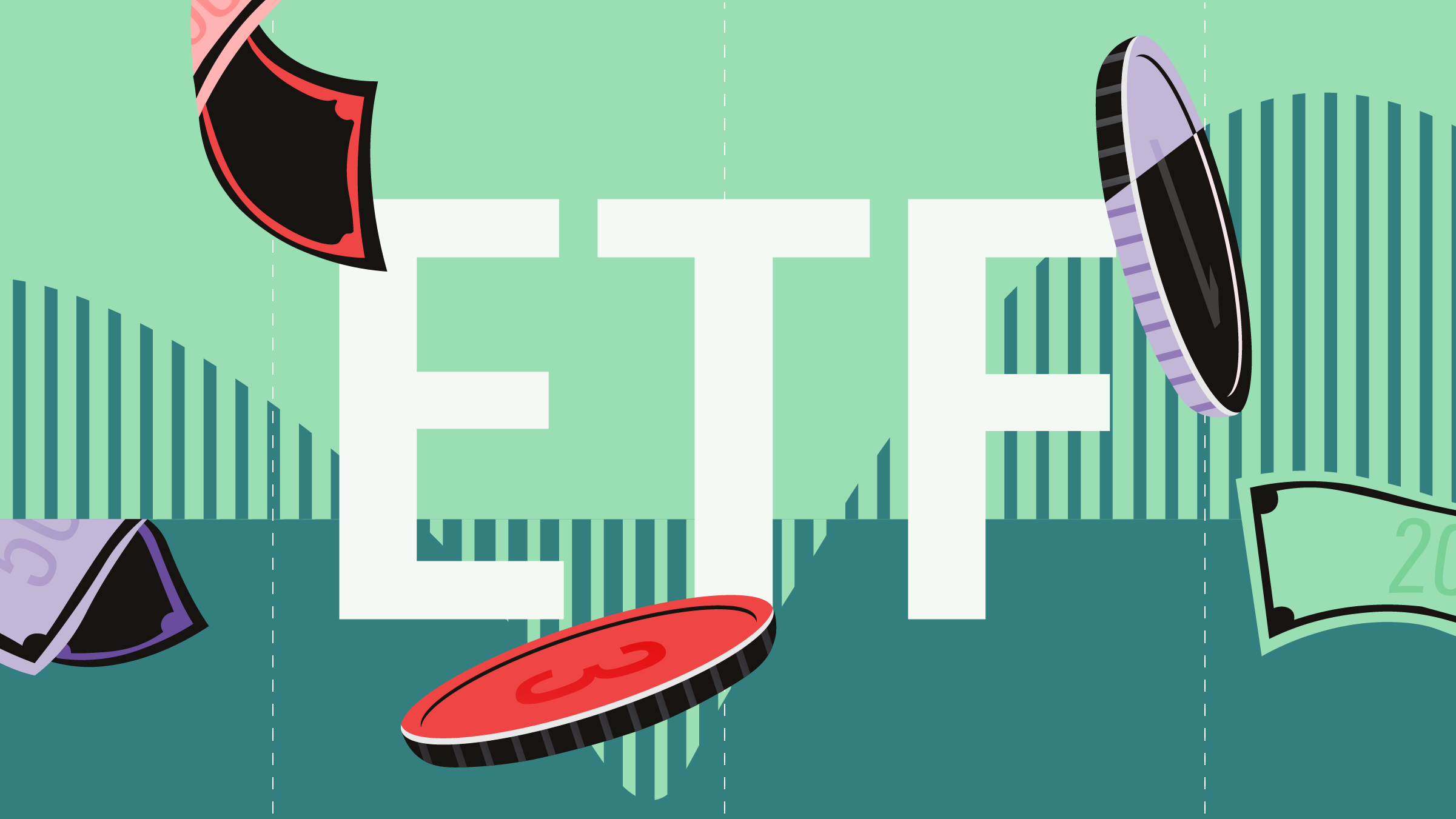
It’s not often that one gets the chance to analyse 9,940 portfolios – but that’s just what BlackRock did. The company looked into the portfolios held by advisors, keeping an eye on the level of risk they exhibited. Many instructive lessons come out of the exercise, with one most unexpected finding: against all expectations, portfolio fees are inversely proportional to their level of risk. The lower the risk... the higher the fees!
In a study titled Factors and Advisor Portfolios, BlackRock authors write, “Regulatory authorities do not collect advisor portfolio information and there are no widely available centralized datasets on the holdings and risk characteristics of advisor portfolios.” That means BlackRock’s work, from its exclusive Aladdin database, offers unique insights.
The study first gives an overview of the portfolio set collected between September 2017 and September 2018. The average portfolio has 17 holdings, mutual funds and ETFs having the lion’s share. showing that the average portfolio carries 17 holdings where dominate mutual funds and ETFs. Some portfolios are diversified into 50 positions at the higher end. A portion of 12% of portfolios holds only individual stocks, their average number standing at 23.
Unexpected tilts
Quite unexpectedly, 73% of portfolios show a risk rating ranging between “average” and “high”. The share of mid-high to high risk ratings is 39%, largely surpassing a 27% share of “conservative” and “mid-conservative” ratings.
As expected, since this a U.S.-based study, the American bias is strong and well beyond what international indices would suggest. In 2018, the share of U.S. stocks stood at 71%, whilst the MSCI All-Country World index (ACWI) only has a 55% allocation.
Management fees present the most striking paradox, going against what financial theory currently proposes. Conservative portfolios have average fees of 0.58%, and higher risk ones, of 0.45%, moderate portfolios also reaching in the higher levels: 0.54%. Theory tells us that lower fees should come with lower risk levels.
The main shortcoming of this mass of portfolios is that they are too strongly tilted toward economic growth, in a proportion of 69%. That means, in the authors’ words, that “they have a large risk exposure to economic growth slowdowns” and can suffer accordingly. This hinges on the overexposure to small cap stocks which are mostly present in the higher risk portfolios. The performance of the portfolios, essentially geared to economic growth, neglects to take into consideration other key components of economic performance, for example the evolution of interest rates, inflation, credit spreads.
Drawbacks
Also, stocks create a surprising risk tilt in conservative portfolios. For example, notes the study, in moderate conservative portfolios, equities represent 80% of total risk despite the average equity allocation being 46%”. On the other hand, unsurprisingly, “in aggressive portfolios, with an average stock allocation of 91%, equities contribute 90% of the risk.”
Compensating for this bias would require reallocating assets to more market neutral strategies such as infrastructure assets or real estate assets. “The original advisor portfolio has a volatility of 7.20% and a return of 6.41%, states the report. Shifting equities to the market-neutral strategy maintains nearly the same forecasted expected return, which falls by only 78 basis points to 5.63%.” To compensate, the authors write, this contributes “a large decrease in portfolio risk from 7.20% to 5.30%.”
The second drawback of these portfolios is overexposure to small cap stocks. This should be compensated by diversifying toward other investment factors such as “value”, “momentum”, or “quality”.
Finally, the short duration of fixed income constitutes a third shortcoming. “Advisor models have been consistently short on duration for the past several years—a position consistent with seeking to safeguard against the potential of unexpected rising interest rates.”
Here again, risk exposure is out of kilter since rates and credit exposures in the portfolios explain 66.9% and 21.8% respectively of fixed income variation. Compared to benchmarks, such risk readings are outliers. They indicate that investors are overexposed to the risk of default on the part of bond issuers. In the U.S. Bloomberg Barclays Aggregate Bond Index, rates account for 104.3% of risk and credit, for -4.9%. In the global equivalent of this index, the readings are 36.4% and 1.8%. “Thus, investors are taking significant rates factor deviations from fixed income benchmarks,” note the authors.
The study recommends increasing the bond part of portfolios and lengthening their duration by about 1.8 years (this number could need to be updated). “In a one-standard deviation fall of the S&P500, calculate the authors, the original advisor portfolio is expected to have a return of -16.8% compared with -12.7% with the increased duration position. In the 2008 financial crisis, the average advisor portfolio would have experienced a drawdown of -17.0% (versus – 33% for the S&P500), and increasing duration would have lessened that proportionately to approximately -13%.”



















